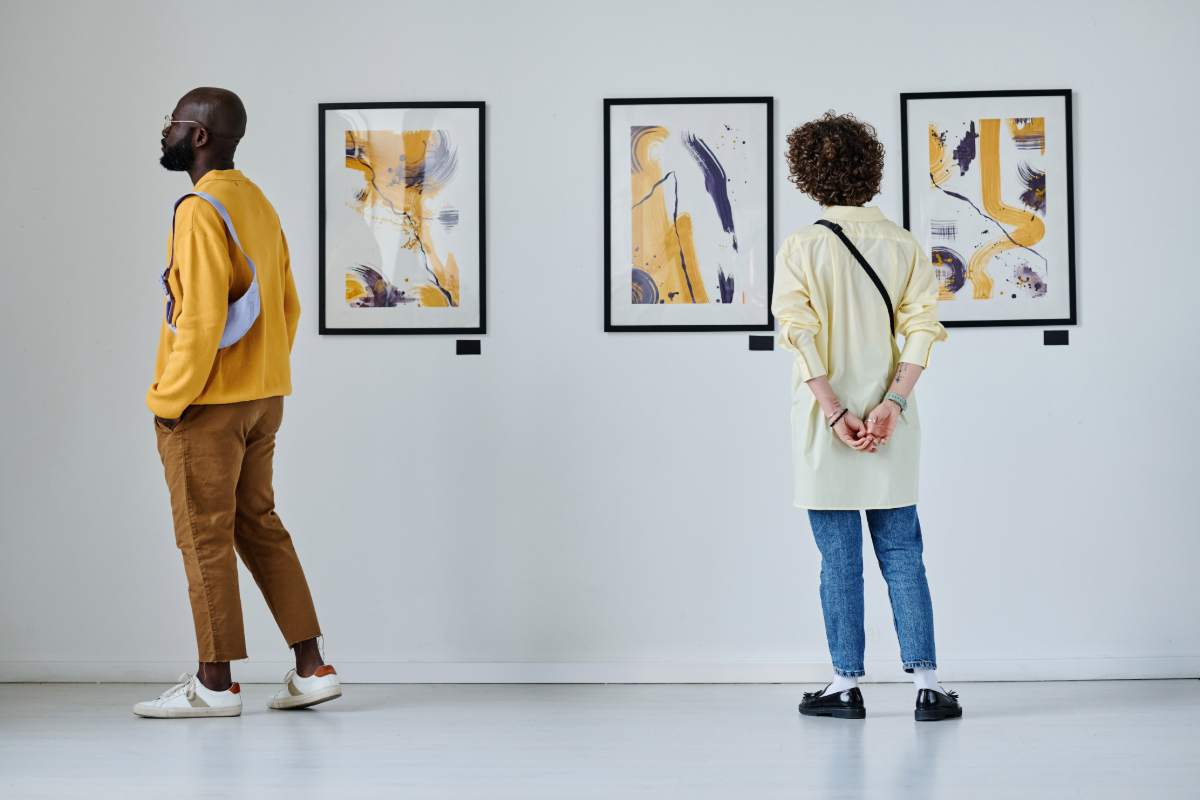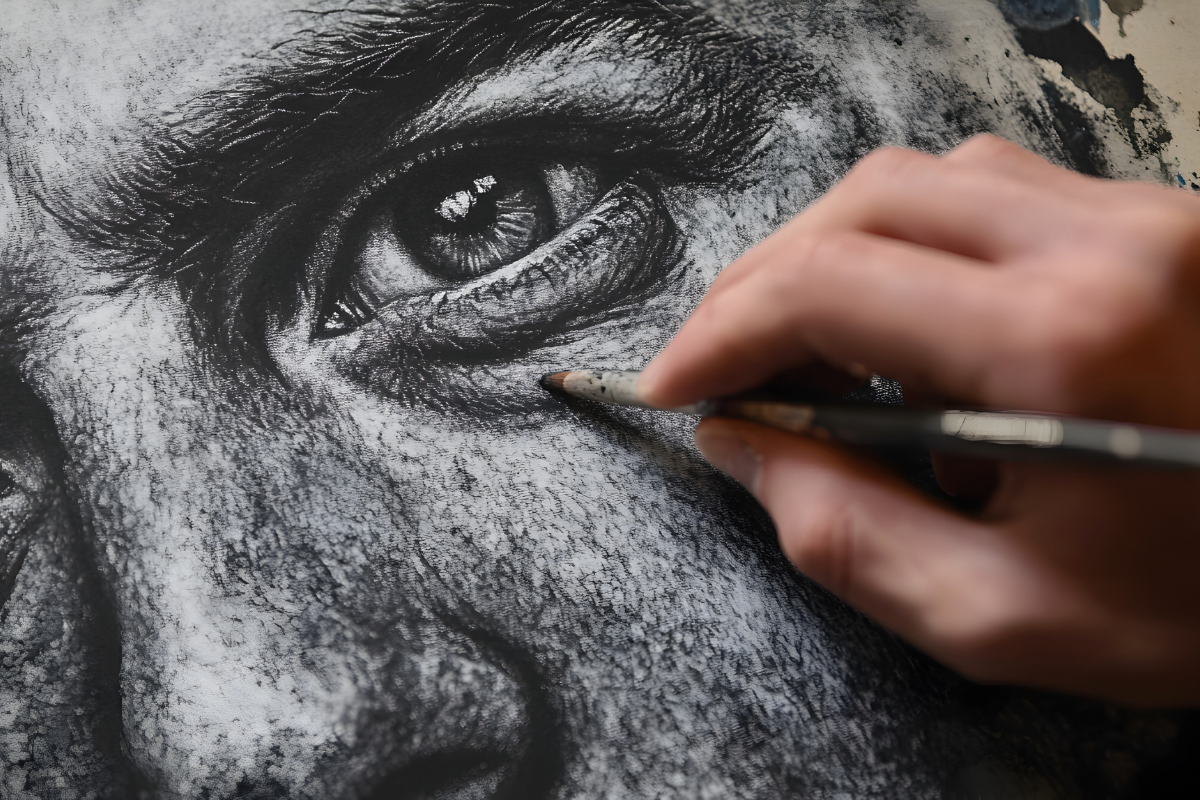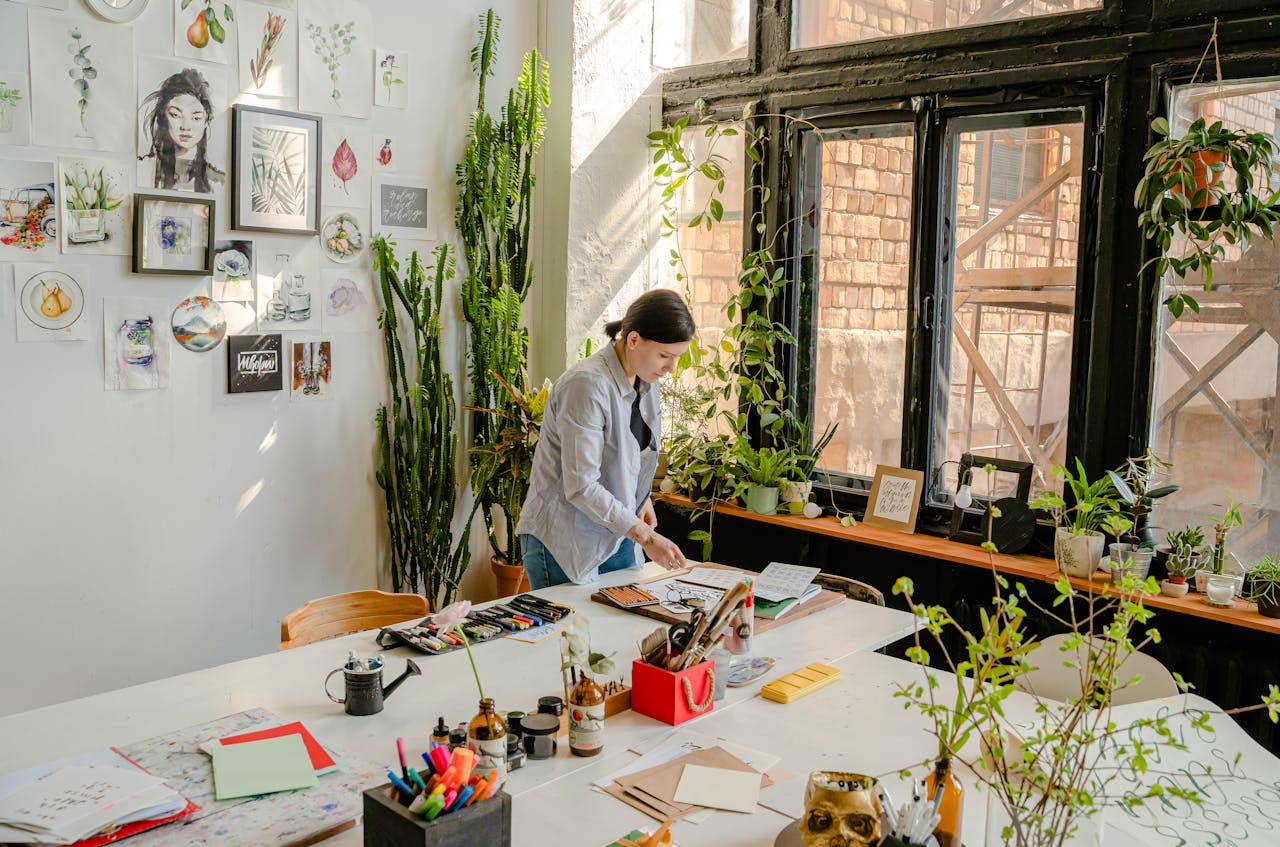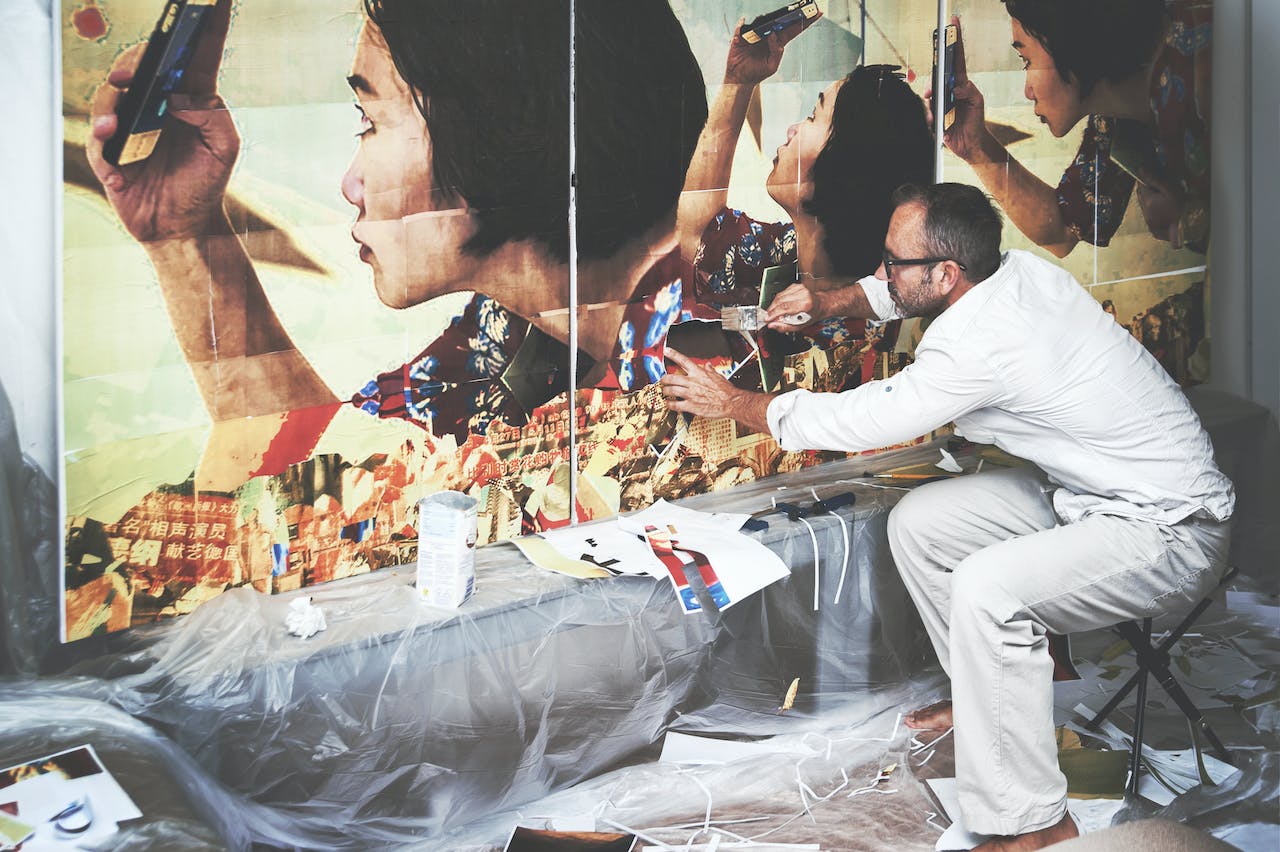TheArtList’s Guide to Galleries: Understanding Different Gallery Types and What They Look For
For many artists and photographers, exhibiting in a gallery represents a significant milestone. It’s a chance to showcase your work to a wider audience, connect with potential collectors, and gain valuable validation within the art world. But the gallery landscape can be complex. From bustling commercial galleries to artist-run spaces and non-profit institutions, navigating the different types and their selection criteria can feel daunting.
This guide from TheArtList.com will equip you with the knowledge you need to make informed decisions about gallery representation. Here’s what we’ll explore:
- The Diverse World of Galleries: Understanding the different gallery models.
- Demystifying Gallery Selection: What curators look for in an artist’s work.
- Finding Your Perfect Fit: Selecting galleries aligned with your creative vision and career goals.
The Art Gallery Ecosystem: Different Types and Their Focus
- Commercial Galleries: These galleries operate as businesses, aiming to sell artwork and generate profit for both the artist and the gallery. They typically represent a stable of established artists with proven sales records and a strong artistic vision. Selection criteria often focus on technical proficiency, marketability of the work, and alignment with current artistic trends. Think of them as the tastemakers of the art world, with a keen eye for what resonates with collectors and the market.
- Non-Profit Galleries: These institutions prioritize promoting art and education rather than generating profit. They may host solo or group exhibitions featuring emerging artists, showcasing diverse artistic styles, or exploring specific social or cultural themes. Selection criteria might emphasize innovative approaches, experimentation, and a connection to the gallery’s mission. These spaces provide a platform for new voices and artistic movements to gain recognition.
- Artist-Run Spaces (ARS): These galleries are established and managed by artists themselves. They provide exhibition opportunities for emerging and under-represented artists, often showcasing experimental or unconventional work. Selection is often based on artistic merit, community engagement, and a supportive collaborative spirit. ARS spaces foster a sense of camaraderie and can be a launchpad for new artistic movements and dialogues outside the mainstream.
What Catches a Curator’s Eye? Gallery Selection Criteria
While specific criteria may vary, certain qualities consistently resonate with gallery curators:
- Artistic Cohesion and Vision: Does your work showcase a distinct artistic voice with a clear direction and consistent quality? Curators are looking for artists who have developed a unique perspective and can sustain a cohesive body of work.
- Technical Proficiency: Demonstrate mastery of your chosen medium, whether it be painting, sculpture, photography, or new media. Strong technical skills are essential for creating visually compelling work that will stand out in a gallery setting.
- Marketability: For commercial galleries, consider the potential appeal of your work to collectors. Does it align with current trends or fill a niche within the market? Understanding the collector base is crucial, but remember, artistic integrity should not be compromised solely for marketability.
- Professional Presentation: A polished portfolio, strong artist statement, and professional communication are crucial for making a positive first impression. A key point to keep in mind: Curators evaluate not just the art itself, but also the artist’s professionalism and ability to effectively communicate their vision.
- Engagement with the Art Community: Do you actively participate in art fairs, exhibitions, or online platforms? Building a network and demonstrating an interest in the broader art scene can be beneficial. Being a well-rounded creative professional who actively engages with the art world shows initiative and commitment to your artistic journey.
Remember, selection isn’t solely based on artistic merit. Galleries choose artists who complement their existing program and contribute to their overall vision. For instance, a gallery showcasing abstract expressionism might not be the best fit for an artist working in hyperrealism, and vice versa.
Finding Your Gallery Match: Selecting the Right Fit
Selecting galleries shouldn’t be a one-size-fits-all approach. Here’s how to find the best fit for your artistic journey:
- Research Gallery Programs: Carefully study the artists each gallery represents, the types of exhibitions they host, and their mission statement. Do their values align with your artistic vision? Look for galleries that showcase work that resonates with your own artistic practice and complements the existing body of work they represent.
- Location Matters: Consider the gallery’s geographic location and target audience. Does it offer exposure to your ideal collector base or contribute to your desired artistic network? For instance, a gallery located in a bustling art district might be ideal for gaining wider recognition, while a gallery in a smaller town might provide a more intimate and supportive environment.
- Track Record and Reputation: Research the gallery’s track record of artist representation, sales success, and how they support their artists’ careers. Look for galleries with a history of nurturing talent and providing opportunities for professional growth.
- Submission Guidelines: Always adhere to the gallery’s application process, following submission guidelines precisely to demonstrate professionalism.
Related: HOW TO WORK WITH GALLERIES AS AN EMERGING ARTIST
TheArtList.com provides a valuable resource for finding galleries seeking submissions. Utilize our platform to discover calls for entry that align with your artistic practice and career goals. By understanding the different gallery types, their selection criteria, and taking a strategic approach to gallery selection, you can significantly increase your chances of securing representation and showcasing your work in a prestigious setting. Remember, building a successful artistic career involves perseverance and ongoing exploration. TheArtList.com is here to support you every step of the way!














